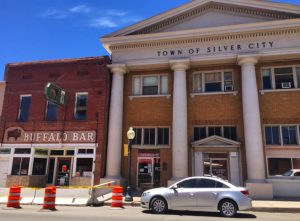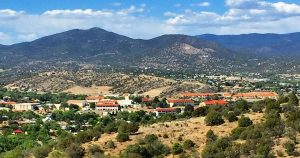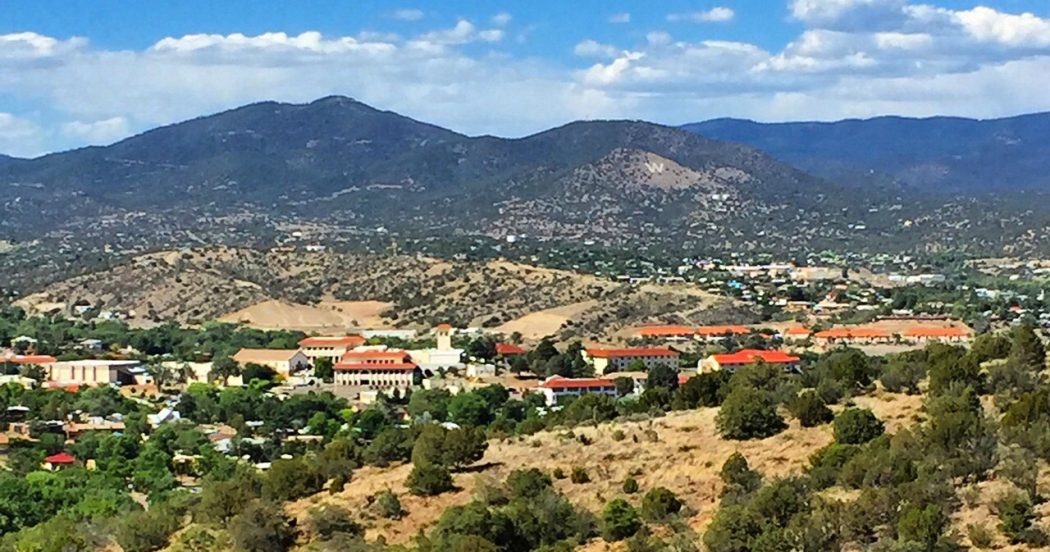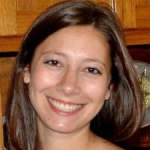A visit to the doctor often results in a prescription sent off to your pharmacy—conceivably for antibiotics, analgesics or antidepressants. If you’re feeling quite sick, you drive directly from the office to the local Walgreens, and within 30 minutes, you return to the couch, happily medicated. However, if you are one of the 2665 residents of Lordsburg, NM, this routine is impossible. To reach the nearest pharmacy, you must drive for almost an hour, one way, on a windy, mountain road. If you are elderly, too sick to drive, or without a vehicle, you will need to stand by until the following afternoon when the erratic Walgreens delivery is scheduled to arrive at the clinic office. By then, you will have waited over 24 hours for the cyclobenzaprine for your sacroiliitis or for your anti-nausea medication. This is rural medicine.
I grew up in the most densely populated state in the US (New Jersey) and subsequently lived in the most populous city for eleven years (New York City). Driving on a country highway where I don’t pass another car for over 30 miles with a “no service” message on my iPhone provokes within me a special distress, eliciting my ominous imaginings of Cormac McCarthy’s The Road. You might then wonder why I willingly chose to spend the summer before my second year of medical school in isolated Southwestern New Mexico.

Silver City, NM
I am intent upon making the most of my time in the Southwest, and exploring rural medicine is part of that goal. We hear discussions of a “primary care shortage” in the US, but this is given tangible meaning in rural towns, where a dearth of doctors has virtually always been the reality. Physician turnover is high, and in spite of incentivisation efforts, it is likely to remain as such. I am interested in pursuing a career in a primary care specialty, and loan repayment programs in an underserved community would be a logical step for me in entering a post-residency position in the field. What better time to find out if I can survive life in a small town than now?
Before arriving to Silver City, NM, my home base for my 4-week experience, I expected to primarily observe cases of hardship similar to the medication fiasco mentioned above. While I regularly witnessed disparities in access to healthcare and staggering rates of mental illness, I was astounded by the pride and passion of the community and the effectiveness of local healthcare providers. I took part in caring for entire families and extended families and saw how members of the small community relied on one another.
 My rotation provided many learning opportunities I hadn’t yet received in Phoenix. Over one month, I performed my first Pap smear, excised a possible melanoma and sutured the wound, learned how to perform a colposcopy, cared for patients from newborns to age 90, discovered a heart murmur, and performed injections for sciatic pain. As I became more comfortable in the clinic, I steadily became more engaged with the town. I went running (alone!) on most of the nearby trails, attended my first rodeo, joined the trivia team of the local Med-Peds physician, listened to local bands at a Cheers-esque bar, and was on a first-name basis with dozens of locals.
My rotation provided many learning opportunities I hadn’t yet received in Phoenix. Over one month, I performed my first Pap smear, excised a possible melanoma and sutured the wound, learned how to perform a colposcopy, cared for patients from newborns to age 90, discovered a heart murmur, and performed injections for sciatic pain. As I became more comfortable in the clinic, I steadily became more engaged with the town. I went running (alone!) on most of the nearby trails, attended my first rodeo, joined the trivia team of the local Med-Peds physician, listened to local bands at a Cheers-esque bar, and was on a first-name basis with dozens of locals.
Living in Silver City, NM has broadened my view of the world, while giving me a glimpse of the numerous problems that afflict rural America. Putting aside politics and religion, I found it refreshing to share time, meals, and experiences with people who came from drastically different backgrounds from my own. I began to perceive that combating poverty and injustice begins with recognizing the commonalities that we all share as human beings. This is rural medicine.
Michelle Blumenschine is a medical student in the Class of 2018. She holds degrees in film & TV production and journalism & mass communication from New York University and completed her pre-med post-bac certificate at Columbia University. Before moving to Phoenix from New York City, Michelle worked as a documentary film producer. She enjoys making to-do lists, drinking craft beer, and collecting National Geographic magazines. She is pursuing a career in obstetrics and gynecology.


